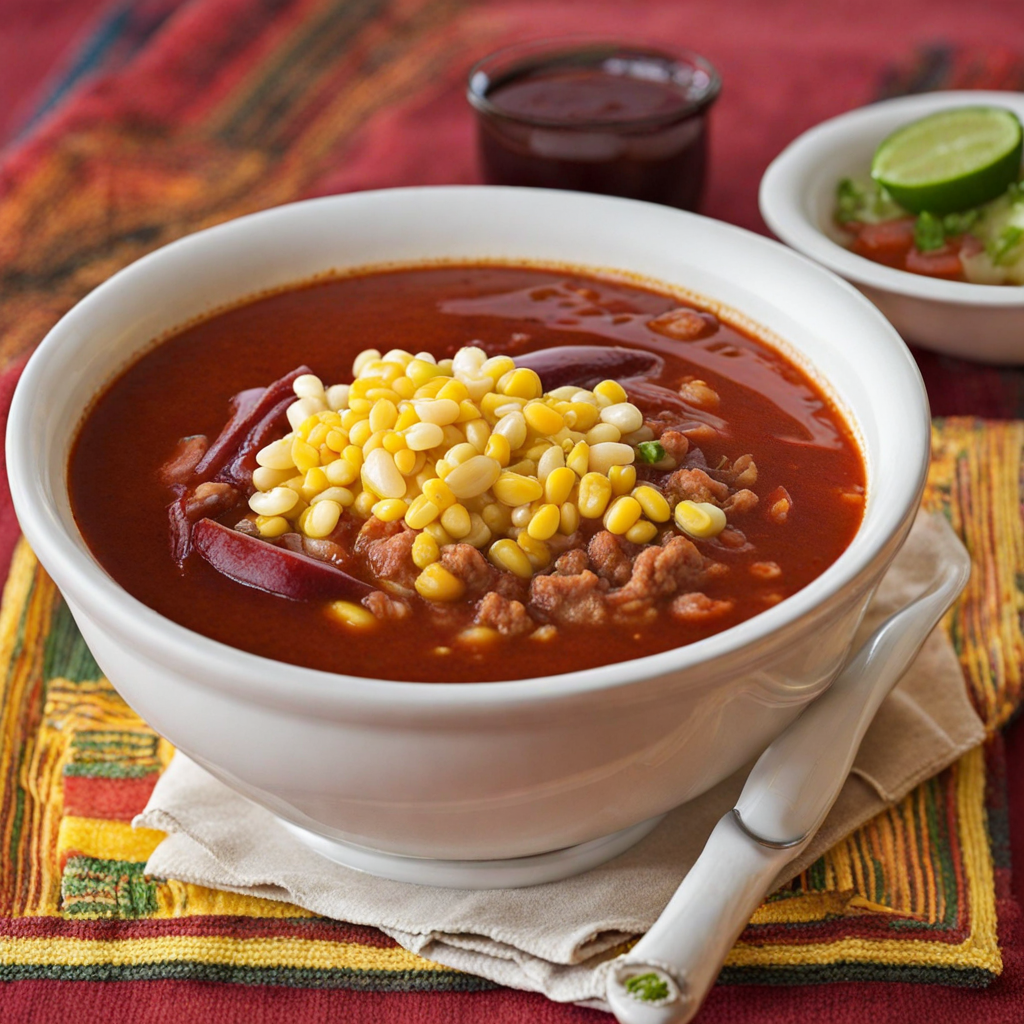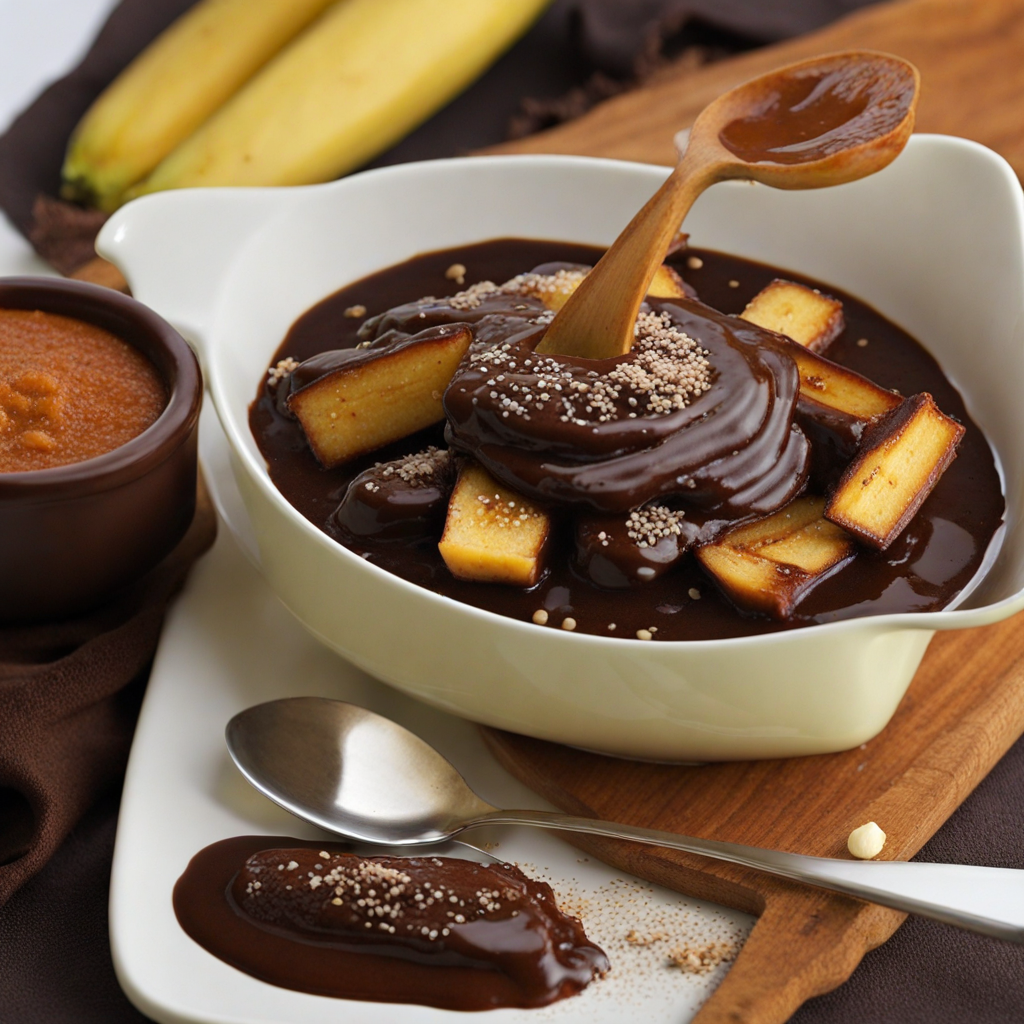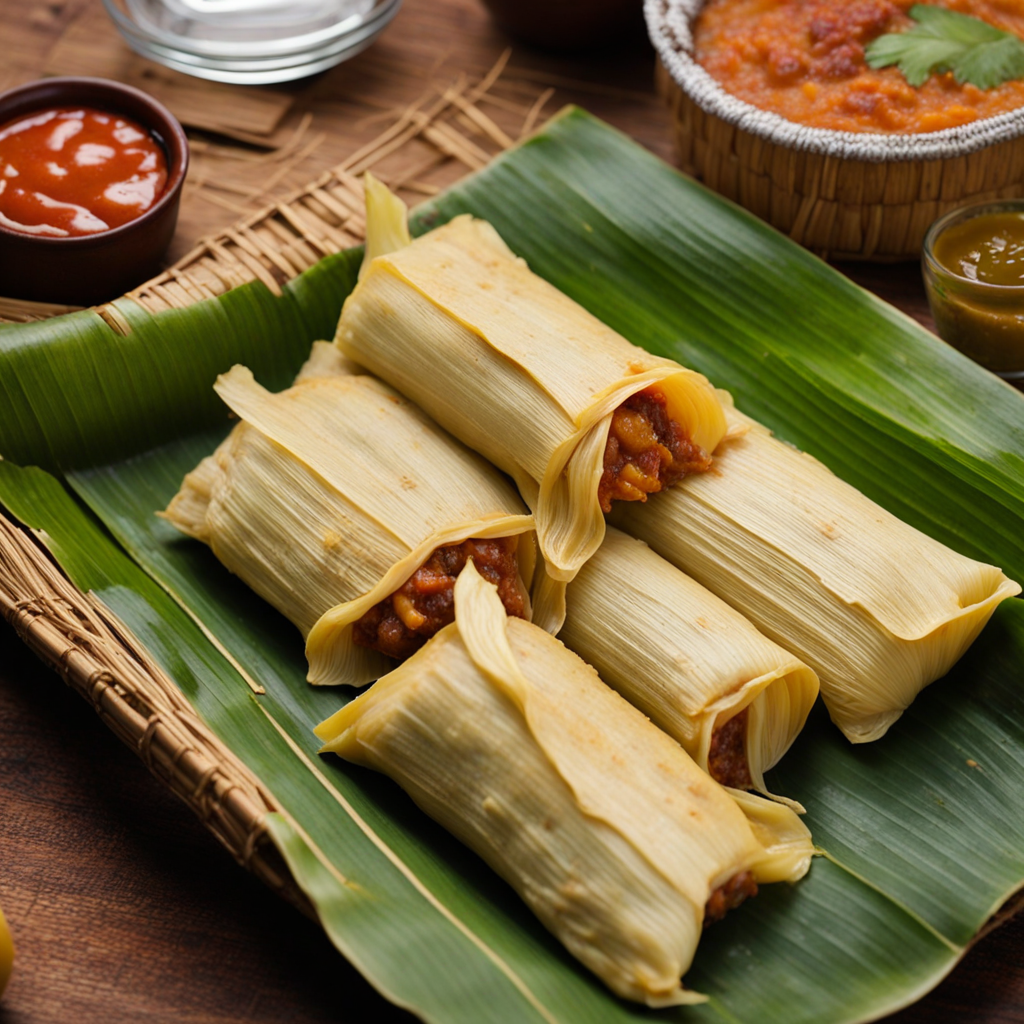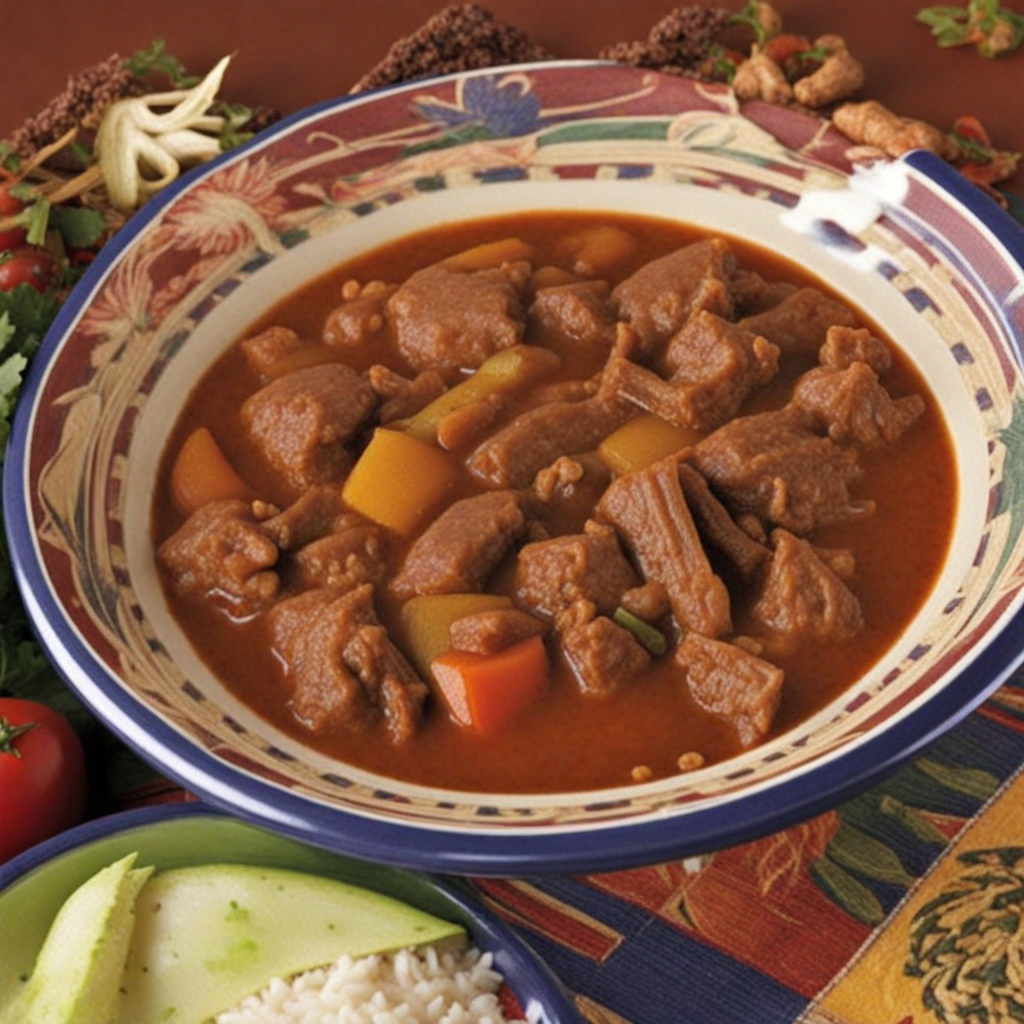Kak'ik
Kak'ik is a vibrant and aromatic traditional Guatemalan soup that showcases the rich culinary heritage of the Maya civilization. This dish is characterized by its striking red color, primarily derived from the use of fresh tomatoes, bell peppers, and a blend of local herbs and spices. The base of the soup is typically made with turkey, giving it a unique and hearty flavor that is both comforting and satisfying. The addition of cilantro, achiote, and various chili peppers provides a depth of flavor that elevates the dish, making it an unforgettable experience for the palate. One of the standout features of Kak'ik is its balance of flavors – the spiciness from the chilies is harmoniously complemented by the freshness of the herbs. The soup is often served with a side of rice or corn tortillas, allowing for a delightful combination of textures. The use of indigenous ingredients not only showcases the local agriculture but also reflects the cultural significance of the dish, as it has been passed down through generations. Enjoying Kak'ik is more than just tasting a meal; it's an invitation to explore the heart of Guatemalan culture. Each spoonful reveals layers of history and tradition, making it a perfect dish for those looking to embark on a culinary adventure. Whether shared with family during a festive gathering or enjoyed as a comforting meal at home, Kak'ik embodies the essence of Guatemala's warm hospitality and rich flavors.
How It Became This Dish
Kak'ik: The Soul of Guatemalan Cuisine Origins Kak'ik, a traditional Guatemalan soup, holds a revered place in the country’s culinary landscape. Its roots stretch deep into the ancient Maya civilization, where food was not merely sustenance but a profound expression of culture, religion, and identity. The word “kak'ik” itself translates to “a spicy soup” in the K'iche' language, one of the many indigenous languages still spoken in Guatemala today. The origins of Kak'ik can be traced back to pre-Columbian times, when the Maya utilized local ingredients such as turkey—considered sacred and often associated with various rituals. It is believed that the cooking techniques and seasoning traditions of the Maya laid the groundwork for what would evolve into modern Kak'ik. The soup is predominantly made from turkey, which is simmered with a medley of indigenous herbs, spices, and vegetables, creating a dish that is as rich in flavor as it is in history. Cultural Significance Kak'ik is more than just a dish; it is a symbol of Guatemalan identity and heritage. For many indigenous communities, the preparation and consumption of Kak'ik are steeped in ritual. Traditionally, Kak'ik is served during important cultural events, family gatherings, and religious ceremonies. Its presence at these gatherings signifies unity and the importance of community. The soup embodies the philosophy of “Pachamama,” or Mother Earth, as it relies heavily on ingredients sourced from the local environment. The use of indigenous herbs such as cilantro, achiote, and epazote not only gives Kak'ik its distinctive flavor but also showcases the biodiversity of Guatemala's ecosystems. The soup is often accompanied by rice, corn tortillas, and a variety of salsas, creating a complete meal that resonates with the Guatemalan ethos of hospitality. Historical Development The evolution of Kak'ik reflects the broader historical changes in Guatemala, including the impact of colonization and globalization. Following the Spanish conquest in the 16th century, European culinary influences began to merge with indigenous traditions. While the core elements of Kak'ik remained, new ingredients such as garlic and onions were introduced, further enriching the flavor profile of the soup. As time progressed, regional variations of Kak'ik emerged, reflecting the diverse cultures within Guatemala. In the northern highlands, for instance, Kak'ik may include additional vegetables like carrots and potatoes, while in other areas, the soup might be spiced differently or served with distinct side dishes. These variations add to the complexity of the dish, allowing it to serve as a canvas for local tastes and preferences. The 20th century brought about significant social and political changes in Guatemala, leading to a renewed interest in traditional foods as part of a broader cultural renaissance. In the wake of civil unrest and the fight for indigenous rights, many Guatemalans began to embrace their culinary heritage. Kak'ik, with its deep-rooted history, became a symbol of resilience and cultural pride. This resurgence has been instrumental in preserving not only the recipe but also the traditions surrounding its preparation and consumption. Modern Interpretations and Global Recognition Today, Kak'ik is celebrated not only within Guatemala but also in international culinary circles. Chefs and food enthusiasts around the world have taken notice of its unique flavors and cultural significance. Contemporary interpretations of Kak'ik may incorporate modern cooking techniques or adapt the recipe to cater to diverse dietary preferences, including vegetarian or vegan versions that maintain the essence of the original dish. The rise of culinary tourism has further propelled Kak'ik into the global spotlight. Visitors to Guatemala often seek out authentic experiences, and the opportunity to taste traditional dishes like Kak'ik has become a highlight of many travelers’ itineraries. Food festivals and cultural events increasingly feature Kak'ik, showcasing its place within the broader narrative of Guatemalan cuisine. Moreover, Kak'ik has found its way into the realm of gourmet dining, where chefs experiment with plating and presentation while respecting the dish’s traditional roots. This fusion of old and new, tradition and innovation, reflects a broader trend in the culinary world, where chefs strive to honor cultural heritage while appealing to contemporary palates. The Future of Kak'ik As Guatemala continues to grapple with issues of identity, globalization, and cultural preservation, Kak'ik stands as a testament to the enduring power of food as a cultural touchstone. Efforts to promote indigenous cooking and protect traditional recipes have gained momentum, ensuring that Kak'ik and other traditional dishes are not only preserved but celebrated. In local communities, younger generations are learning from their elders the art of preparing Kak'ik, ensuring that the knowledge is passed down. Cooking classes and food workshops focusing on traditional Guatemalan cuisine have emerged, fostering a sense of pride and encouraging a deeper connection to their heritage. Kak'ik’s journey from ancient Maya kitchens to modern dining tables encapsulates the resilience and adaptability of Guatemalan culture. It serves as a delicious reminder of the country’s rich history and the importance of food in shaping identity and community. Conclusion Kak'ik is more than a mere dish; it is a vibrant expression of Guatemalan history, culture, and identity. With roots that stretch back thousands of years, it has evolved through the influences of colonization, regional diversity, and modern culinary trends. As it continues to be embraced both locally and globally, Kak'ik remains a powerful symbol of resilience, community, and the rich tapestry of flavors that define Guatemala. Through each bowl of Kak'ik served, the past, present, and future of Guatemalan cuisine are interwoven, creating a legacy that nourishes both body and soul.
You may like
Discover local flavors from Guatemala







